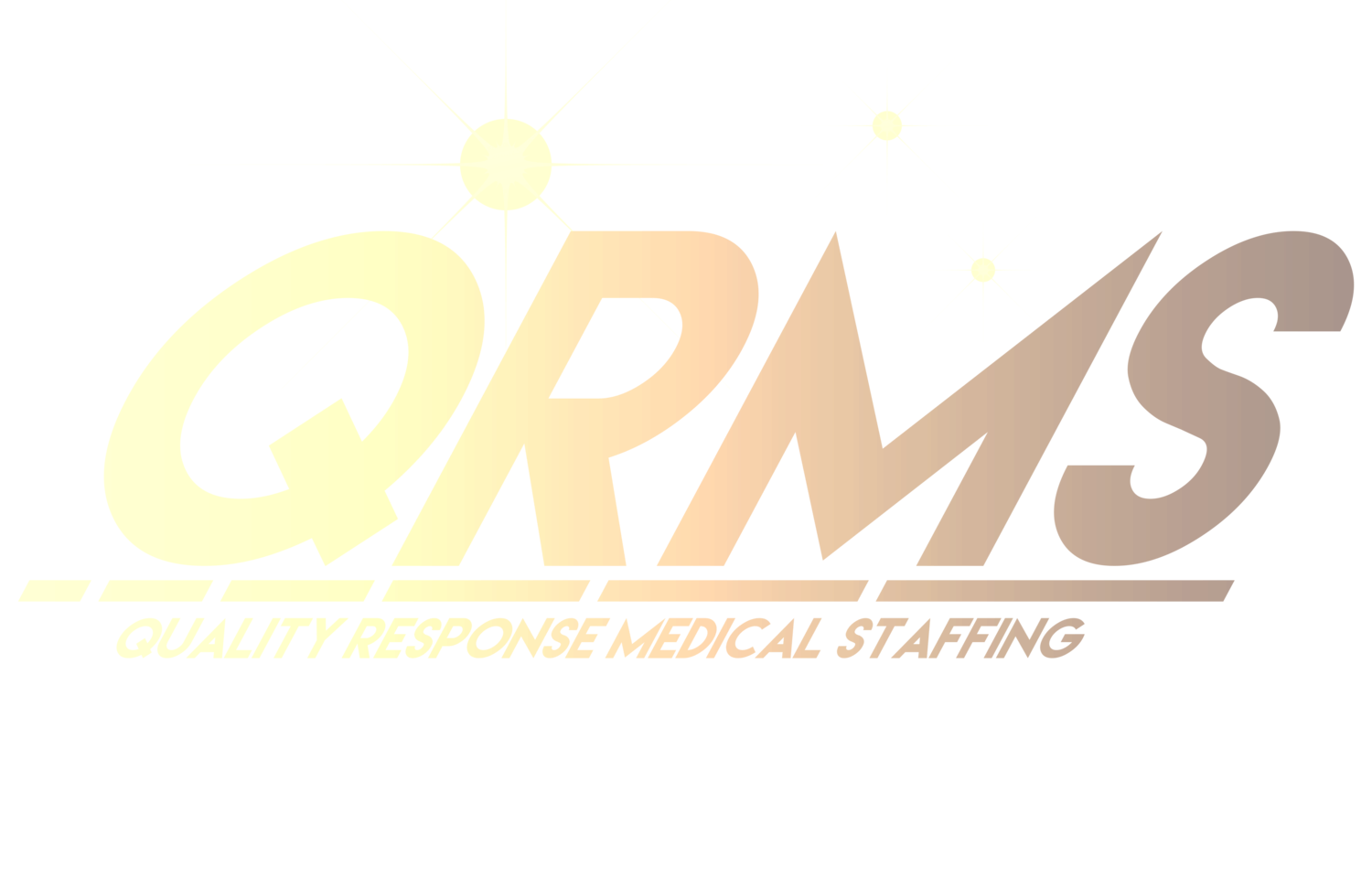Throw Away Your New Years Resolution and Do This Instead
Each January, millions of people set New Year’s resolutions with high hopes of making transformative changes in their lives. However, research shows that most resolutions are abandoned within a few weeks. Why? Because resolutions often lack depth, flexibility, and a sustainable framework for success. If you’ve grown tired of the repetitive cycle of setting and forgetting resolutions, it might be time to embrace a more effective approach: intention-setting and goal systems.
The Problem with Resolutions
New Year’s resolutions tend to be overly ambitious, vague, or focused on outcomes rather than processes. For example, common resolutions like “lose weight” or “earn more money” may sound appealing, but they often fail to address the underlying habits or systems necessary to achieve these goals. Resolutions are typically rigid, leaving little room for adaptability, which can lead to frustration and a sense of failure when life inevitably throws curveballs.
Why Intention-Setting Works Better
Intention-setting focuses on values and priorities rather than specific outcomes. By aligning your goals with your core values, you create a sense of purpose and direction that can guide your decisions throughout the year. For example, instead of resolving to “go to the gym five times a week,” you might set an intention to “nurture a healthier relationship with my body.” This broader framework allows for flexibility and helps you stay motivated even if your circumstances change.
Adopting Goal Systems for Sustainable Growth
Goal systems, unlike resolutions, emphasize progress over perfection. They break down larger aspirations into smaller, actionable steps and encourage continuous improvement. Popular goal-setting frameworks like SMART (Specific, Measurable, Achievable, Relevant, Time-bound) goals or the “Atomic Habits” approach by James Clear focus on building habits and systems that make success inevitable.
For instance:
Instead of saying, “I’ll save $5,000 this year,” you might commit to automating a monthly transfer of $400 into a savings account.
Instead of resolving to “read 50 books this year,” aim to read for 20 minutes daily.
These systems are not only more manageable but also more forgiving. If you miss a day, you can pick up where you left off without feeling like you’ve failed entirely.
The Power of Reflection
Another key component of this alternative approach is regular reflection. Take time to review your intentions and progress periodically. Monthly or quarterly check-ins allow you to adjust your strategies and ensure your goals remain relevant and achievable. Reflection also fosters gratitude and self-awareness, making the journey as rewarding as the destination.
Start the Year Differently
As the new year begins, consider ditching the traditional resolution model in favor of setting intentions and adopting goal systems. Focus on progress, not perfection, and build habits that align with your values. By shifting your mindset, you can create a sustainable path to personal growth and achieve meaningful change—not just for the year ahead, but for a lifetime.

